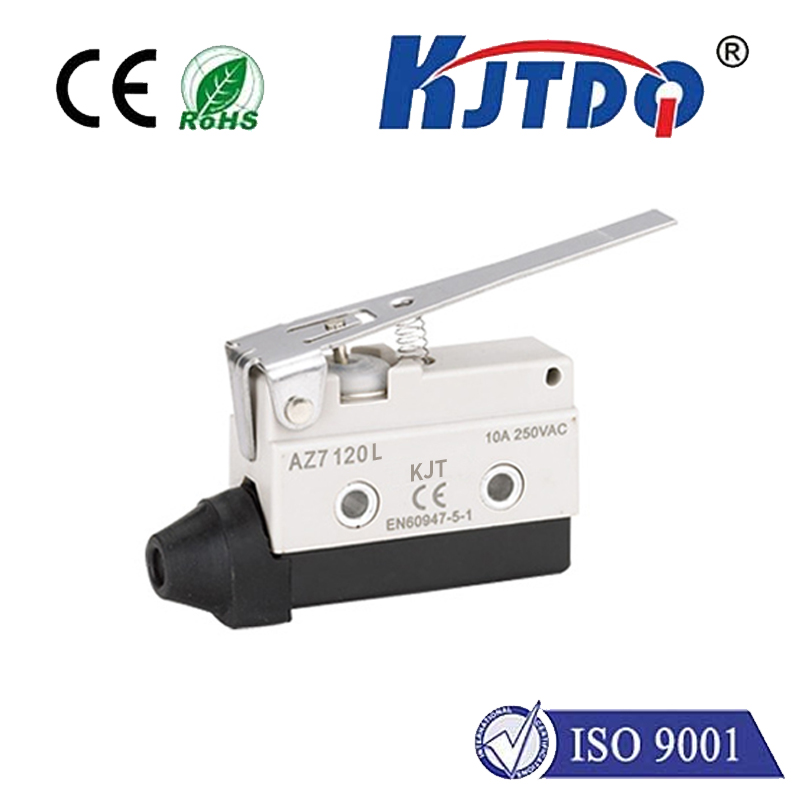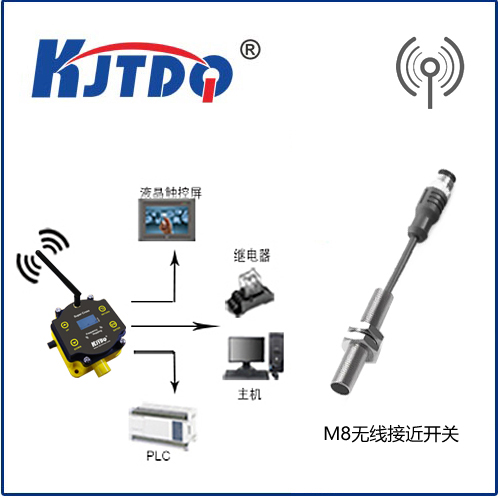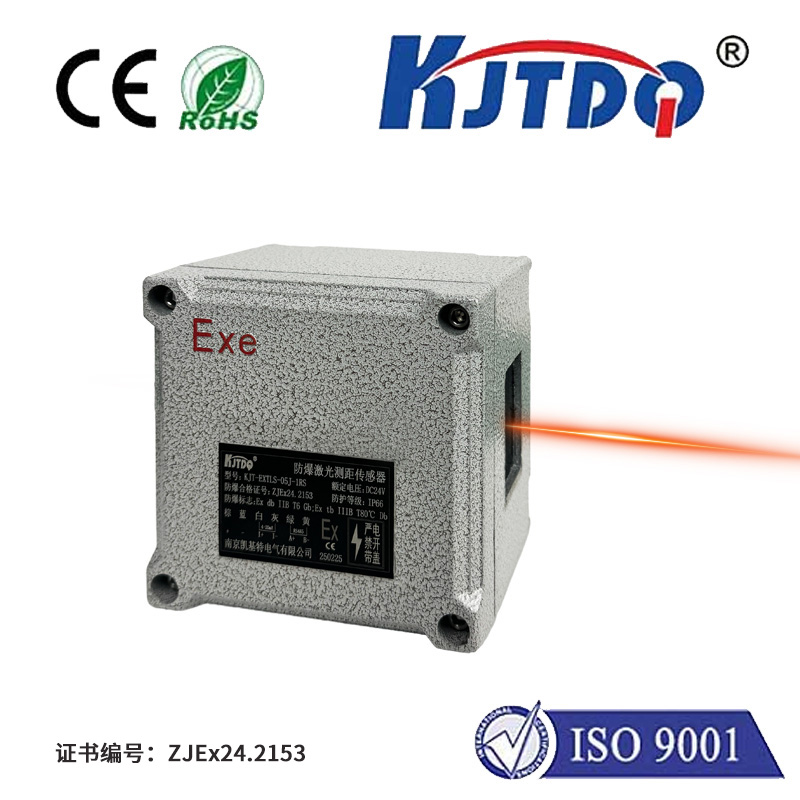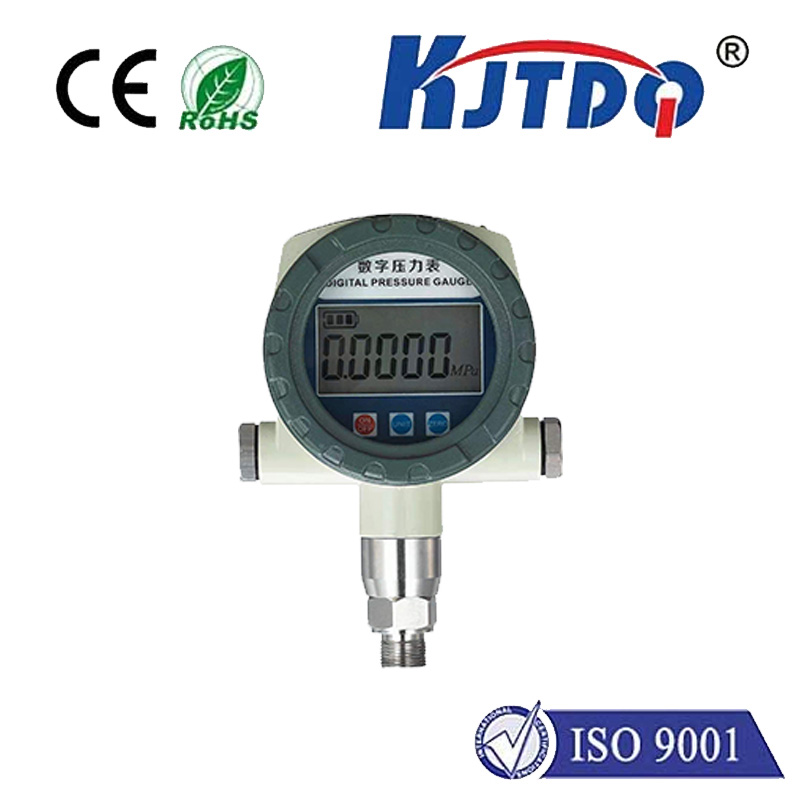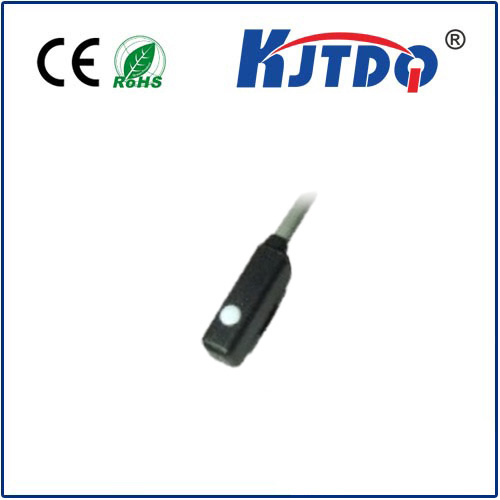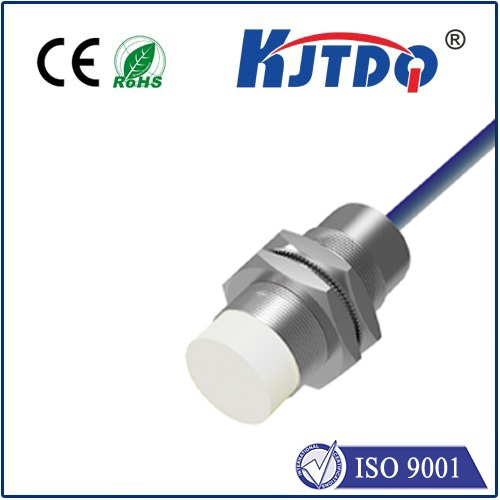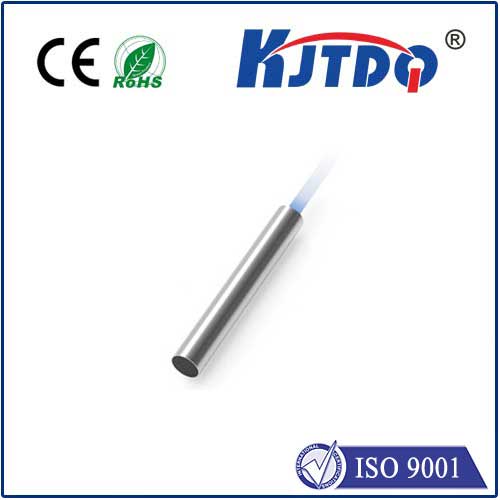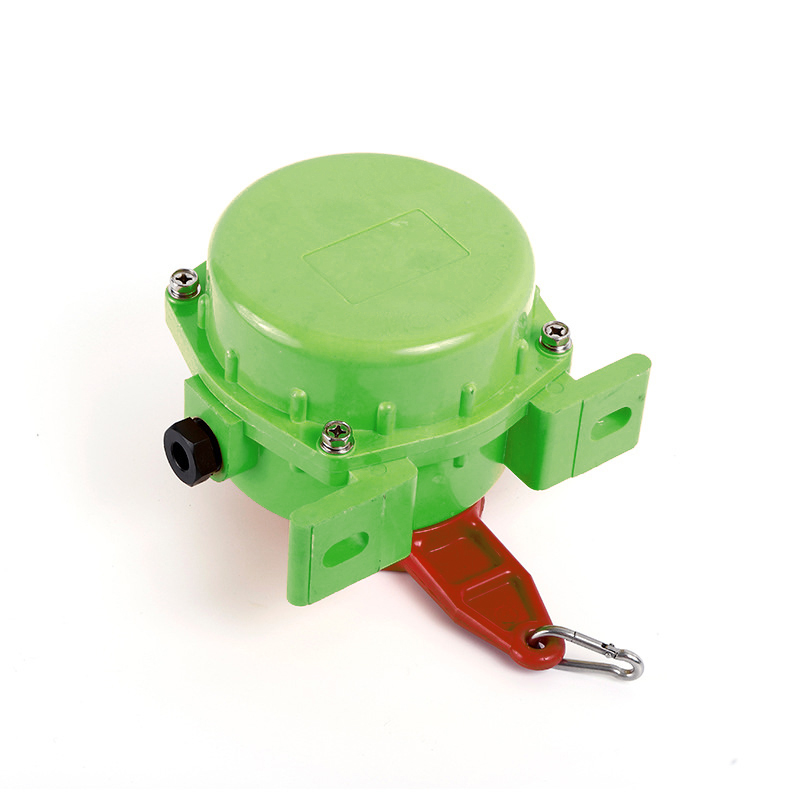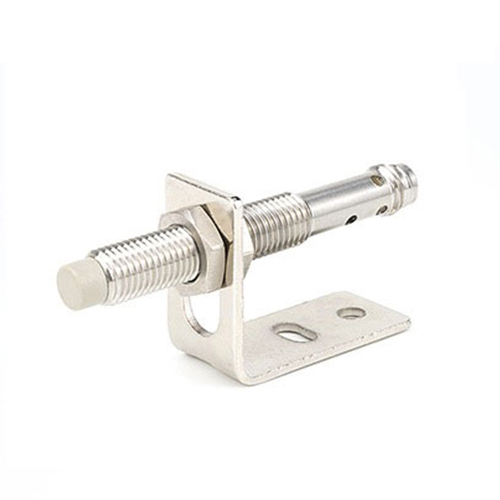optical force sensor
- time:2025-08-15 05:53:54
- Click:0
The Light Touch: How Optical Force Sensors Are Revolutionizing Precision Measurement
Imagine a world where delicate surgeries rely on instruments sensing tissue resistance with unprecedented gentleness. Picture automated factories where robotic arms handle microchips with the finesse of a watchmaker, guided by near-instantaneous force feedback. Envision scientists probing the fundamental forces binding molecules together, measured not electrically, but with light. This isn’t science fiction; it’s the tangible impact of optical force sensors, a rapidly evolving technology leveraging the unique properties of light to measure force with remarkable precision and versatility.
Unlike traditional strain gauges or piezoelectric sensors, which rely on changes in electrical resistance or charge generation under force, optical force sensors employ light as their fundamental sensing medium. The core principle is elegant: a force applied to the sensor induces a measurable change in an optical property. This change could be in the intensity, wavelength, phase, polarization, or propagation path of light travelling through or reflected from a specially designed optical element sensitive to force.
How Does This “Light-Sensing” Work?
Several sophisticated optical techniques form the backbone of these sensors, each with distinct advantages:

- Fiber Bragg Grating (FBG) Sensors: Perhaps one of the most prominent technologies. An FBG is a periodic modulation of the refractive index inscribed along the core of an optical fiber. When force (or strain) is applied, it stretches or compresses the fiber, altering the spacing of the grating. This shifts the specific wavelength of light (the Bragg wavelength) that the grating reflects. Measuring this precise wavelength shift provides an exceptionally accurate and stable measure of the applied force. Their immunity to electromagnetic interference (EMI) and ability to be multiplexed along a single fiber make them ideal for distributed sensing in challenging environments.
- Interferometric Sensors: These harness the wave nature of light. Force applied to the sensor alters the optical path length of light travelling through one arm of an interferometer (like a Fabry-Perot or Mach-Zehnder configuration) relative to a reference arm. This path length change creates an interference pattern, where shifts in the pattern’s phase can be detected and converted into a force measurement. This approach offers potentially very high resolution and sensitivity.
- Light Intensity Modulation: A simpler, often more cost-effective approach involves measuring changes in the intensity of transmitted or reflected light caused by force. This could involve a force deforming a structure that blocks or allows light to pass, or changing the coupling efficiency between optical fibers. While potentially less precise than FBG or interferometric methods, they excel in applications requiring straightforward binary or proportional force feedback.
- Microstructured Optical Fiber (MOF) Sensors: Utilizing specially designed fibers with unique air-hole structures, forces can induce changes in the fiber’s birefringence or mode properties, detectable through polarization or spectral analysis. This is an area of active research pushing boundaries in sensitivity and miniaturization.
Why Choose Light Over Electricity? The Compelling Advantages
The shift towards optical force sensing is driven by a powerful set of inherent benefits:
- Immunity to Electromagnetic Interference (EMI): This is arguably the most significant advantage. Unlike electrical sensors, optical sensors do not conduct electricity and are unaffected by strong electromagnetic fields, radio frequency interference (RFI), or electromagnetic pulses (EMP). This makes them indispensable in MRI machines, power generation facilities, welding environments, and high-voltage applications.
- Intrinsic Safety: The absence of electrical currents at the sensing point eliminates the risk of sparks. This inherent safety is critical in potentially explosive atmospheres (oil & gas, mining, chemical processing – compliant with ATEX/IECEx standards) and in medical applications involving sensitive biological tissue or flammable anesthetics.
- High Sensitivity and Resolution: Techniques like interferometry and high-resolution FBG interrogation can detect minute force changes, enabling measurements in the micronewton (µN) or even nanonewton (nN) range – crucial for micro-manipulation, material science, and biological research.
- Compact Size and Lightweight: Optical fibers are inherently thin and flexible. This allows for the creation of extremely compact and lightweight sensors, enabling integration into tight spaces, minimally invasive surgical tools, delicate robotic grippers, and composite structures without adding significant mass.
- Multiplexing Capability: Multiple FBG sensors can be inscribed at different points along a single optical fiber, each reflecting a unique wavelength. This allows distributed force sensing along a structure (like an aircraft wing, bridge, or pipeline) using just one fiber and one interrogation unit, significantly simplifying cabling and reducing cost per sensing point.
- Long-Distance Transmission: Optical signals can travel long distances (kilometers) through fibers with minimal signal degradation, ideal for remote sensing applications where the measurement point is far from the processing electronics.
- Corrosion Resistance: Glass optical fibers are highly resistant to many corrosive chemicals, offering durability in harsh environments where metallic sensors might fail.
Addressing the Challenges: No Technology is Perfect
While powerful, optical force sensor technology also faces hurdles:
- Cost and Complexity: The interrogation units (spectrometers, laser sources, sophisticated photodetectors) required to read wavelength shifts or interference patterns can be significantly more expensive and complex than simple voltage meters used for strain gauges. FBG inscription also adds cost.
- Environmental Sensitivity (Non-Force Effects): Temperature changes can cause shifts similar to force-induced ones, particularly in FBGs. Humidity and pressure can also influence some sensor designs. Careful compensation strategies (using reference sensors or specialized FBG designs) are essential for high-precision applications.
- Fragility: While the fibers themselves can be robust, the sensing regions (like FBGs or delicate interferometer cavities) can be sensitive to handling and harsh physical impacts. Protective packaging is crucial.
- Installation Expertise: Proper installation, including precise bonding/fixing of the optical element and handling delicate fibers, often requires specialized skills compared to conventional strain gauges.
Diverse Applications: Where Optical Force Makes a Difference
The unique strengths of optical force sensors unlock applications across numerous fields:
- Aerospace & Civil Structural Health Monitoring (SHM): Embedding FBGs within composite wings, bridges, dams, and buildings to monitor strain, load, and impact forces over vast areas, providing early warning of structural fatigue or damage.
- Medical Devices & Robotics: Enabling force feedback in minimally invasive surgical tools and robotic surgery systems, enhancing surgeon control and patient safety. Used in robotic exoskeletons, prosthetics, and rehabilitation devices for precise motion control.
- Industrial Automation & Robotics: Providing sensitive touch feedback for robotic arms handling fragile objects (electronics, glass, food products) and enabling precise assembly processes, especially in EMI-heavy environments like welding cells.
- Material Science & Nanotechnology: Measuring forces at the micro and nano-scale in atomic force microscopy (AFM) extensions, tensile testing machines for thin films, and studying biomolecular interactions.
- Energy Sector: Monitoring load on wind turbine blades, pressure in pipelines, and forces within transformers and generators subject to strong EMI.
- Automotive: Testing components (tires, suspension parts) under load, monitoring forces in electric vehicle batteries and motors.
The Future is Bright (and Sensitive)
Research in optical force sensing is vibrant. Key trends include the development of lower-cost interrogation systems, enhanced multiplexing capabilities for even denser sensor networks, novel micro-structured and nano-photonic designs pushing sensitivity limits, improved signal processing algorithms for noise reduction and faster response, and advanced packaging techniques for robustness. Integration with artificial intelligence for predictive maintenance based on force pattern analysis is another promising frontier.
From enabling safer, more precise surgeries to safeguarding critical infrastructure and driving forward automation, optical force sensors represent a fundamental shift in how












